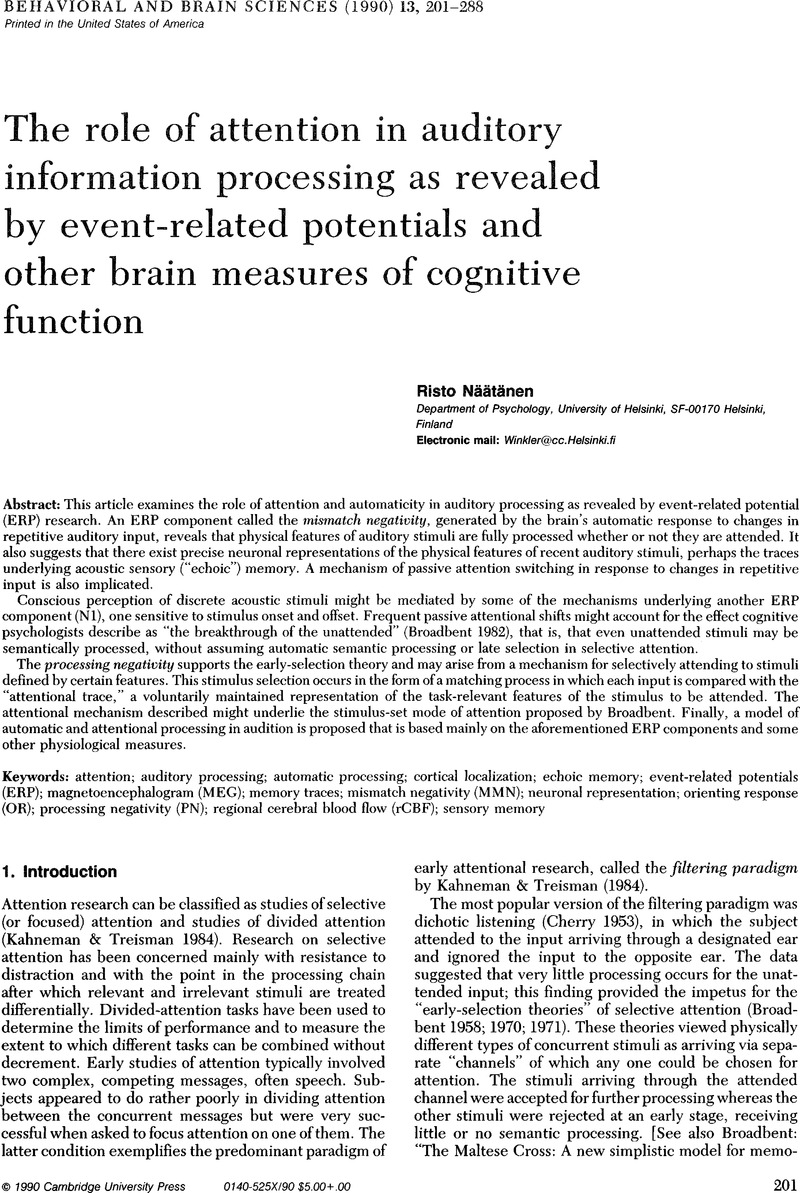Crossref Citations
This article has been cited by the following publications. This list is generated based on data provided by Crossref.
Kemner, C.
Verbaten, M.N.
Cuperus, J.M.
Camfferman, G.
and
Van Engeland, H.
1994.
Visual and somatosensory event-related brain potentials in autistic children and three different control groups.
Electroencephalography and Clinical Neurophysiology/Evoked Potentials Section,
Vol. 92,
Issue. 3,
p.
225.
Giard, M.H.
Perrin, F.
Echallier, J.F.
Thévenet, M.
Froment, J.C.
and
Pernier, J.
1994.
Dissociation of temporal and frontal components in the human auditory N1 wave: a scalp current density and dipole model analysis.
Electroencephalography and Clinical Neurophysiology/Evoked Potentials Section,
Vol. 92,
Issue. 3,
p.
238.
Eimer, M.
Nattkemper, D.
Schröger, E.
and
Prinz, W.
1996.
Attention.
Vol. 3,
Issue. ,
p.
155.
Pazo-Alvarez, P.
Cadaveira, F.
and
Amenedo, E.
2003.
MMN in the visual modality: a review.
Biological Psychology,
Vol. 63,
Issue. 3,
p.
199.



